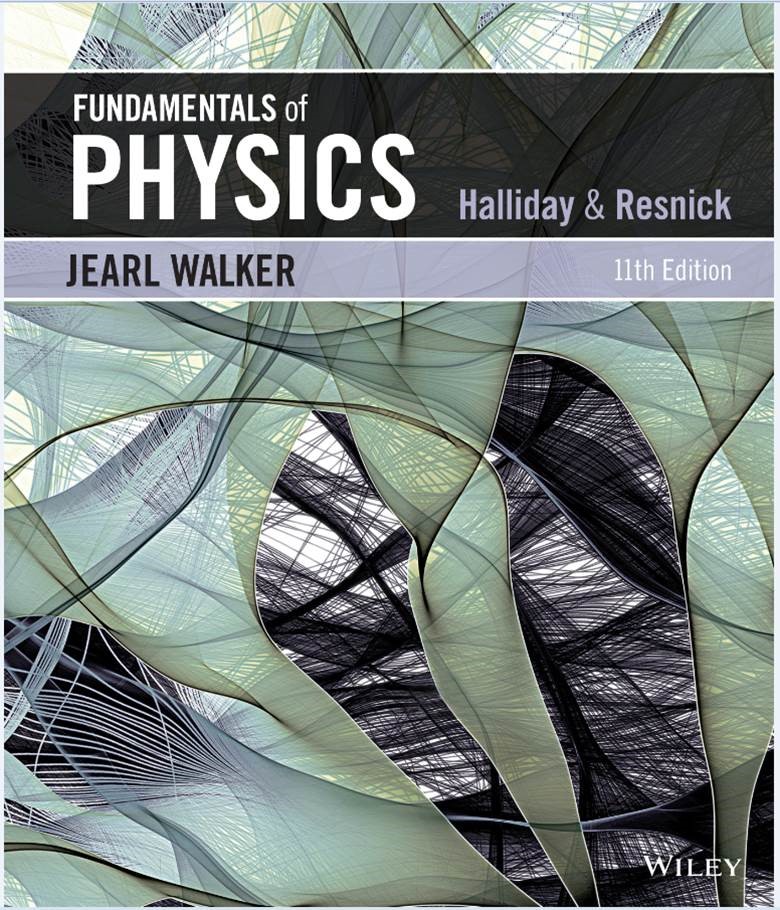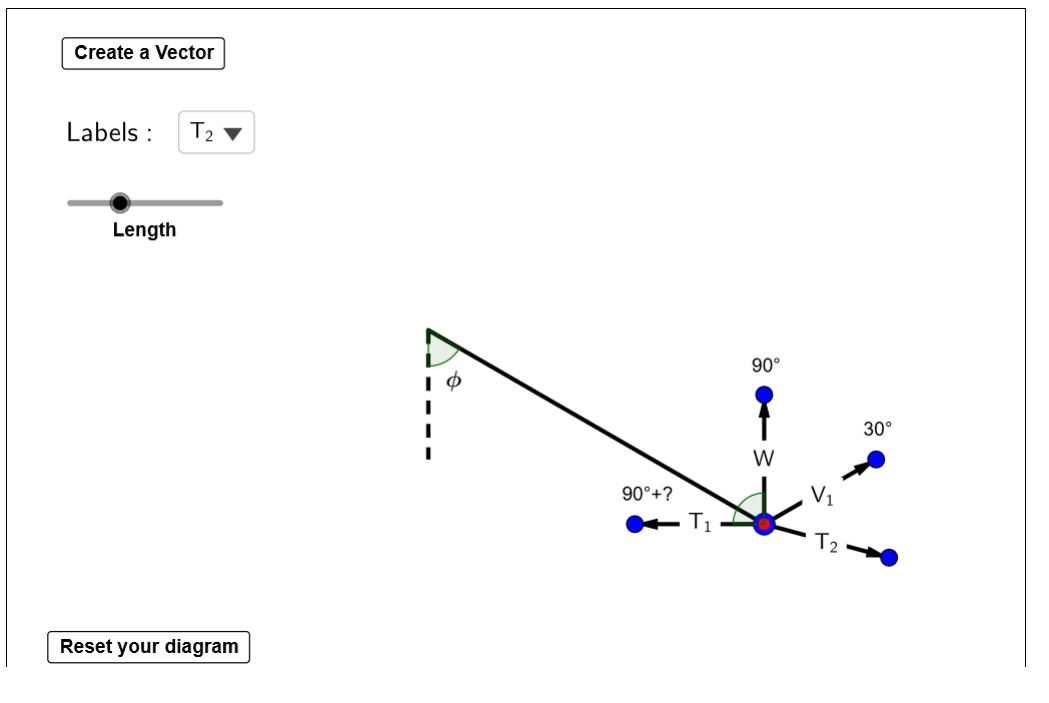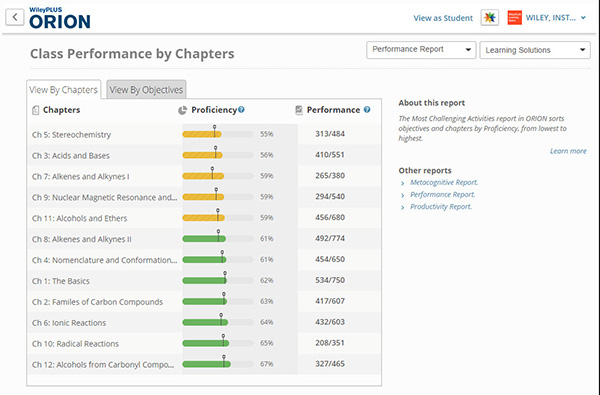
Halliday and Resnick’s Fundamentals of Physics, 11th Edition
By David Halliday, Robert Resnick, Jearl Walker
Fundamentals of Physics was designed to optimize students’ learning experiences in the calculus-based course. The new simulations accompanying the eleventh edition are intended to help students understand the challenging concepts of physics and to motivate them to engage with content in a meaningful way. The entire course in our new WileyPLUS platform has been revamped into a new visual experience to more effectively facilitate today’s students’ needs for guidance and interaction, in order to successfully extract knowledge and apply successfully to solving problems.
Simulations are integrated throughout the course which are also linked to a set of interactive exercises that guide the student through a deeper interaction with the physics underlying the simulation. The exercises consist of a series of practice questions with feedback and detailed solutions. Instructors may choose to assign the exercises for practice, to recommend the exercises to students as additional practice, and to show individual simulations during class time to demonstrate a concept and to motivate class discussion.
Schedule a Demo Sign Up for a Test Drive Adopt WileyPLUSWant to learn more about WileyPLUS? Click Here

Enhanced free-body diagram solutions
Free-body diagram questions have been enhanced to include auto-graded solutions that provide immediate feedback to enhance each students’ problem solving skills.
Students build problem-solving skills at their own pace.
Each chapter contains an embedded link to an animation of a key figure to help students better understand challenging physics concepts and motivate them to engage with content in a meaningful way.

Adaptive Practice
Adaptive Practice helps students struggling with foundational concepts.
- 23 Math Help Videos
- Simulation-Based Problems
- Concept Questions and Lecture Concept Check Questions
- Physics Demonstration Videos
- Physics Concept Simulations: The course includes 1-7 videos per Chapter
- MCAT Practice Questions: Updated for the new MCAT exam style, the course includes a practice test per Chapter
Features Include

JEARL WALKER, professor of physics at Cleveland State University, received his BS in physics from MIT in 1967 and his Ph.D. in physics from University of Maryland in 1973. His book The Flying Circus of Physics was first published 41 years ago and was translated into at least 10 languages. The second edition was published in 2006 and is still being translated into other languages. For 16 years, he toured his Flying Circus talk throughout the U.S. and Canada, introducing such physics stunts as the bed-of-nails demonstration and the walking-on-hot-coals demonstration to countless physics teachers, who then proceeded to hurt themselves when they repeated the stunts in their own classrooms. These talks led to his PBS television series Kinetic Karnival that was rerun nationally for years and which landed him a local Emmy, now proudly displayed in his first-floor bathroom. Since then, he was on the Canadian radio show Quirks and Quarks weekly for 11 years and on the Discovery Channel Canada show Daily Planet numerous times.
During his 13 years with Scientific American magazine, he wrote 152 articles for “The Amateur Scientist” section, which were translated into at least 9 languages worldwide and had over 2 million readers each month. His topics ranged from the physics of judo to the physics of béarnaise sauce and lemon meringue pies.
In 1990, he took over the Fundamentals of Physics, the textbook he used in his first year at MIT, from David Halliday and Robert Resnick. Since then he has published seven editions of the book (which have appeared in 16 translations) and sold over a million copies in North America and around three to four million copies worldwide. He has lost count of the number of times he has been on television and radio and interviewed for newspapers and magazines; however, he clearly remembers the 20 minutes he spent performing on The Tonight Show Starring Johnny Carson where he stuck his fingers into molten lead without losing any of them to the great relief of his mother who was at home watching the show.

BRAD TREES is the Richardson-Linebaugh Professor of Physics at Ohio Wesleyan University. He graduated Phi Beta Kappa and summa cum laude from Ohio Wesleyan in 1986. He received his MS (1989) and Ph.D. (1993) from Ohio State University. He was chosen by Ohio Magazine as one of the top 100 university teachers in Ohio in 2003.
He joins this project as a contributor for the first time with this course revision. His imaginative and stimulating simulations and simulation-related question content and feedback are a fantastic addition to the course.
1. Measurement
2. Motion Along a Straight Line
3. Vector
4. Motion in Two and Three Dimensions
5. Force and Motion I
6. Force and Motion II
7. Kinetic Energy and Work
8. Potential Energy and Conservation of Energy
9. Center of Mass and Linear Momentum
10. Rotation
11. Rolling, Torque, and Angular Momentum
12. Equilibrium and Elasticity
13. Gravitation
14. Fluids
15. Oscillations
16. Waves I
17. Waves II
18. Temperature, Heat, and the First Law of Thermodynamics
19. The Kinetic Theory of Gases
20. Entropy and the Second Law of Thermodynamics
21. Electric Charge
22. Electric Fields
23. Gauss’ Law
24. Electric Potential
25. Capacitance
26. Current and Resistance
27. Circuits
28. Magnetic Fields
29. Magnetic Fields Due to Currents
30. Induction and Inductance
31. Electromagnetic Oscillations and Alternating Current
32. Maxwell’s Equations; Magnetism of Matter
33. Electromagnetic Waves
34. Images
35. Interference
36. Diffraction
37. Relativity
38. Photons and Matter Waves
39. More About Matter Waves
40. All About Atoms
41. Conduction of Electricity in Solids
42. Nuclear Physics
43. Energy from the Nucleus
44. Quarks, Leptons, and the Big Bang

